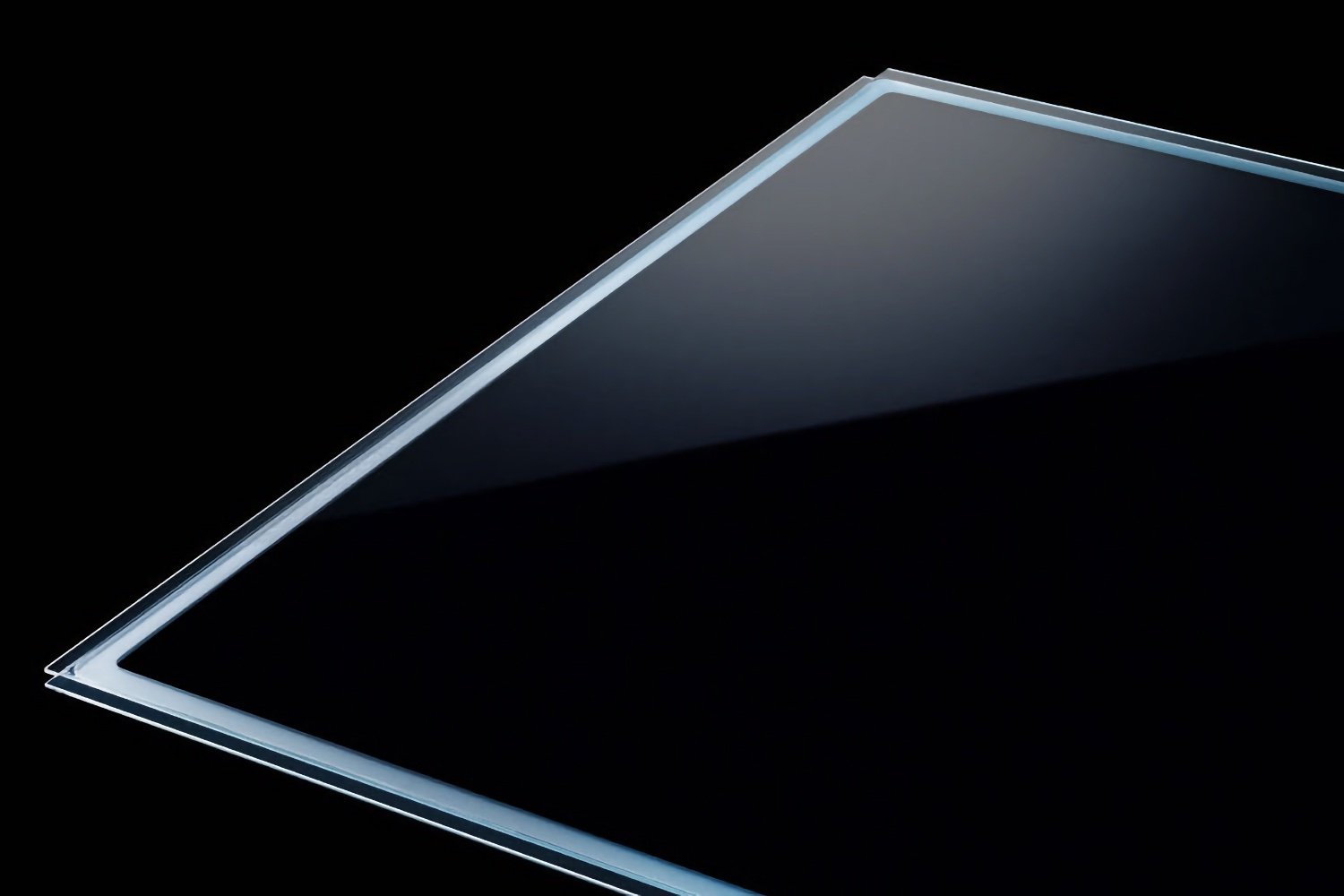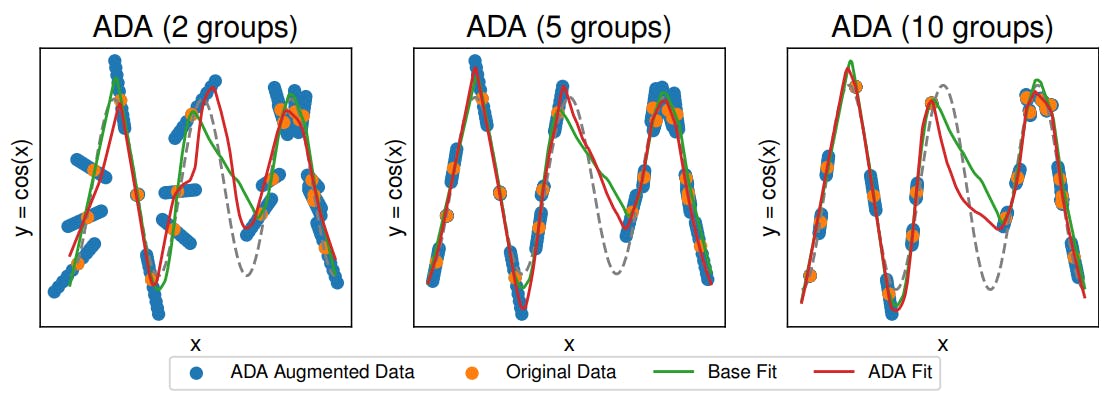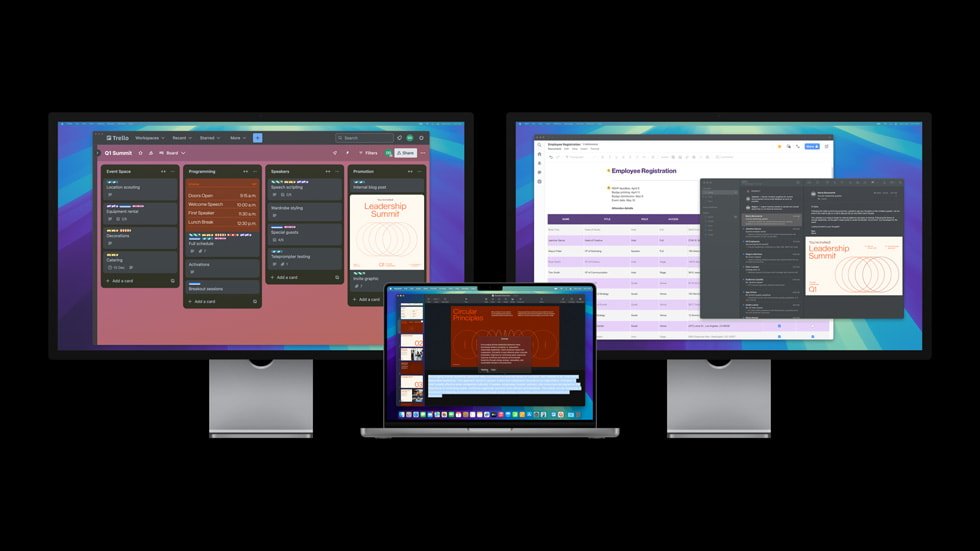The company inQs has unveiled an innovation that could completely change the use of solar panels: a transparent model, the SQPV, capable of integrating into windows and building facades. Made from silicon quartz, this material allows a large part of visible light to pass through, while capturing the energy of ultraviolet and infrared rays, invisible to the naked eye.
Windows that capture solar energy
At first glance, the SQPV looks like a classic window, but it has the particularity of being able to transform light into electricity, including from artificial lighting, thanks to a nanomaterial structure encapsulated in two thin layers of glass. Unlike traditional photovoltaic cells, which are often opaque and bulky, this transparent panel can be used on windows and skylights, allowing it to power buildings without taking up additional space.
In addition to its ability to produce electricity, this panel offers interesting thermal insulation: inQs announces that its solar windows could reduce incoming heat by almost half. This could limit the use of air conditioning in buildings, particularly in very sunny regions. SQPV panels thus make it possible to reduce the energy impact linked to cooling, while preserving the brightness of interior spaces thanks to their transparency.
In terms of materials, inQs highlights the simplicity of manufacturing these panels: the silicon quartz and other elements used are easy to find and do not contain rare metals, which are often expensive and complex to recycle. The product therefore has a lower environmental footprint than traditional photovoltaic panels, which are more difficult to recycle due to the number of components essential to their production.
inQs has already installed its prototype in a Tokyo high school, where it covers the windows of a greenhouse. The objective of this installation is twofold: to allow students to familiarize themselves with green technologies and to reduce the establishment’s carbon emissions. Currently manufactured in Japan, the SQPV panel remains reserved for the local market for the moment, but the company is studying its possibilities for expansion.
The potential uses of these transparent solar panels are varied: office buildings, shopping centers or even individual homes could benefit from an additional source of energy without having to install bulky panels on the roofs. Certain questions remain open, in particular on the installation costs and the durability of this technology over time. It’s time for windows to contribute to the energy transition!
🟣 To not miss any news on the WorldOfSoftware, , .









